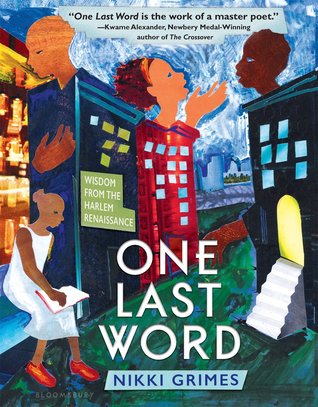by W.D. Snodgrass
What was I looking for today?
All that poking under the rugs,
Peering under the lamps and chairs,
Or going from room to room that way,
Forever up and down the stairs
Like someone stupid with sleep or drugs.
Everywhere I was, was wrong.
I started turning the drawers out, then
I was staring in at the icebox door
Wondering if I’d been there long
Wondering what I was looking for.
Later on, I think I went back again.
Where did the rest of the time go?
Was I down cellar? I can’t recall
Finding the light switch, or the last
Place I’ve had it, or how I’d know
I didn’t look at it and go past.
Or whether it’s what I want, at all.
That's exactly what it felt like to look for my One Little Word for 2017. Last year's word was a dud -- BEND. It had a great image, but it didn't inform my life at all in 2016. 2015's word was NOTICE, which was not bad, but severely underutilized. 2014's word, BREATHE, has carried me through many days for the past three years. It's my go-to word when I'm feeling stressed...which feels like most of the time these days.
I restarted my morning exercise routine this week, and received a stern warning from the universe that I am of an age where I simply cannot take a couple of months off without severe repercussions. Oh, man, am I sore! How could I lose so much ground in such a short period of time?
As I work to regain my physical strength, I am also striving to be stronger in my beliefs and actions. And so, my word has found me through these two efforts: this year, I vow to be STRONG.
Linda has the Poetry Friday roundup this week at TeacherDance.




















